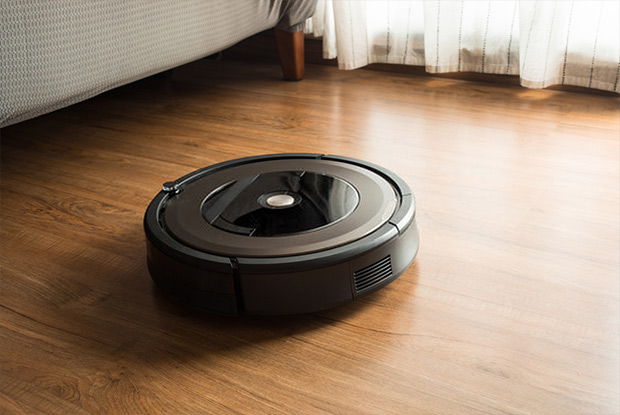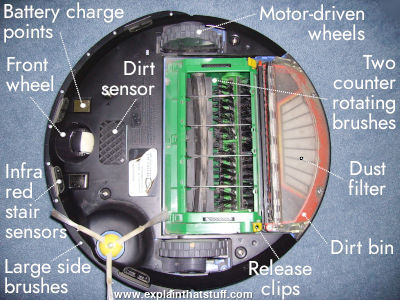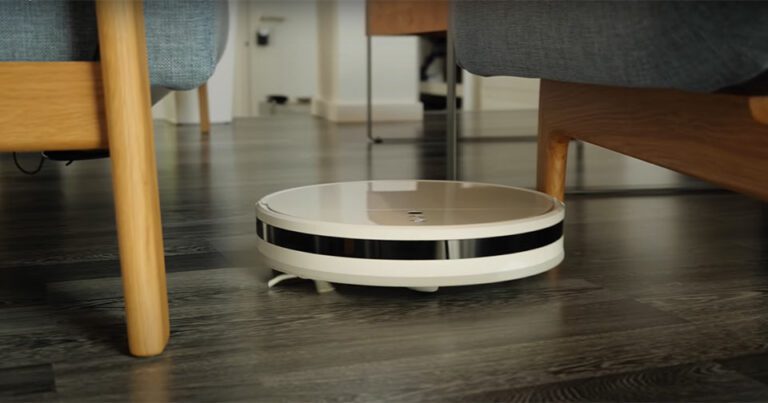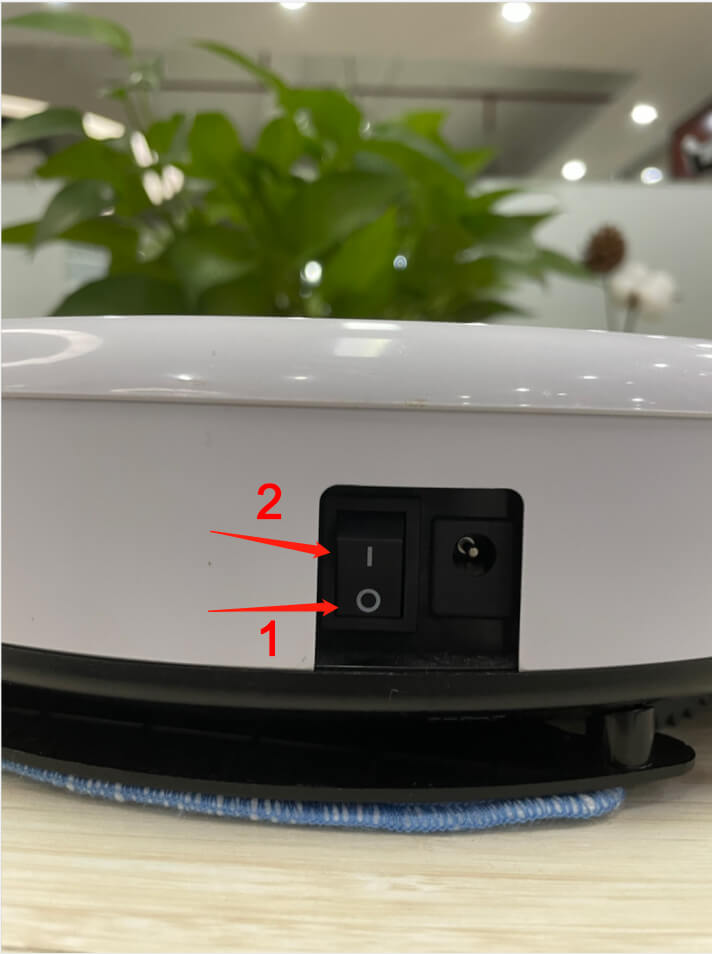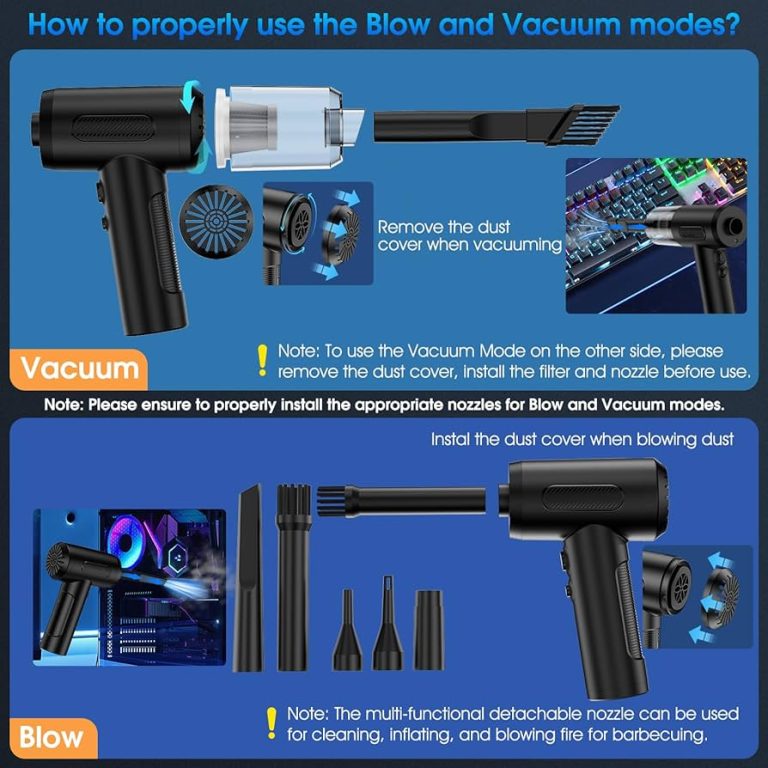How Do Pool Robot Vacuums Work?
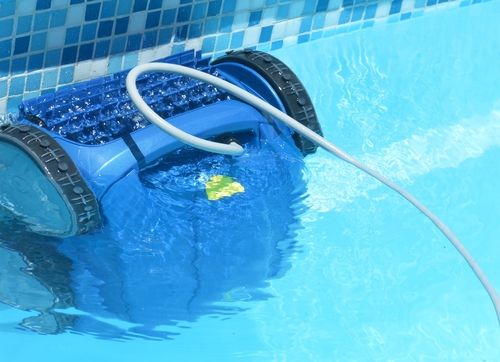
Pool robot vacuums clean by moving across surfaces, suctioning debris into a filter. They navigate autonomously with smart sensors and algorithms.
A sparkling clean pool is the pinnacle of a delightful swimming experience, and pool robot vacuums are game changers in pool maintenance. These innovative devices take the hassle out of keeping your pool pristine. They rely on advanced technology to scan and methodically clean the pool’s floor and walls.
With their built-in filtration systems, they trap dirt and debris, ensuring that your pool remains hygienic and inviting. The autonomous nature of these machines means they operate with minimal human intervention. Their efficiency and ease of use make them an essential tool for any pool owner aiming to maintain a spotless aquatic environment with minimal effort. Embracing the convenience of a robotic vacuum can transform pool upkeep from a chore into a simple push-button task.
Introduction To Pool Robot Vacuums
Peek into any modern backyard oasis, and you might spot a small device roving the pool’s depths. This is the pool robot vacuum; a marvel in pool maintenance technology. Let’s dive in and understand this innovative solution that promises to keep pools pristine with minimal human intervention.
Defining Pool Robot Vacuums
Pool robot vacuums are self-contained cleaning machines. They are designed to scrub, vacuum, and filter pool water. Unlike manual brushes or suction cleaners, these robots require no human effort post-setup. They traverse the pool floor, walls, and steps, capturing debris and algae with precision.
- Automatic operation: Set them up, and they clean without help.
- Independence: They don’t rely on pool filtration systems.
- Eco-friendly: They are energy-efficient and reduce chemical needs.
The Evolution Of Pool Cleaning Technology
Pool care has come a long way from the days of manual scrubbing. The transformation began with suction-side vacuums and progressed to pressure-side models. These relied on the pool’s pump and filter system.
- Manual cleaning required time and effort.
- Suction and pressure cleaners brought partial automation.
- Robot vacuums represent the peak of this evolution.
| Technology | Time Period | Automation Level |
|---|---|---|
| Manual Cleaning | Early Days | Low |
| Suction-Side Vacuums | Late 20th Century | Medium |
| Robot Vacuums | 21st Century | High |
Today’s pool robot vacuums are equipped with smart sensors, advanced filtration systems, and remote control options. They make pool maintenance easier and more effective than ever.
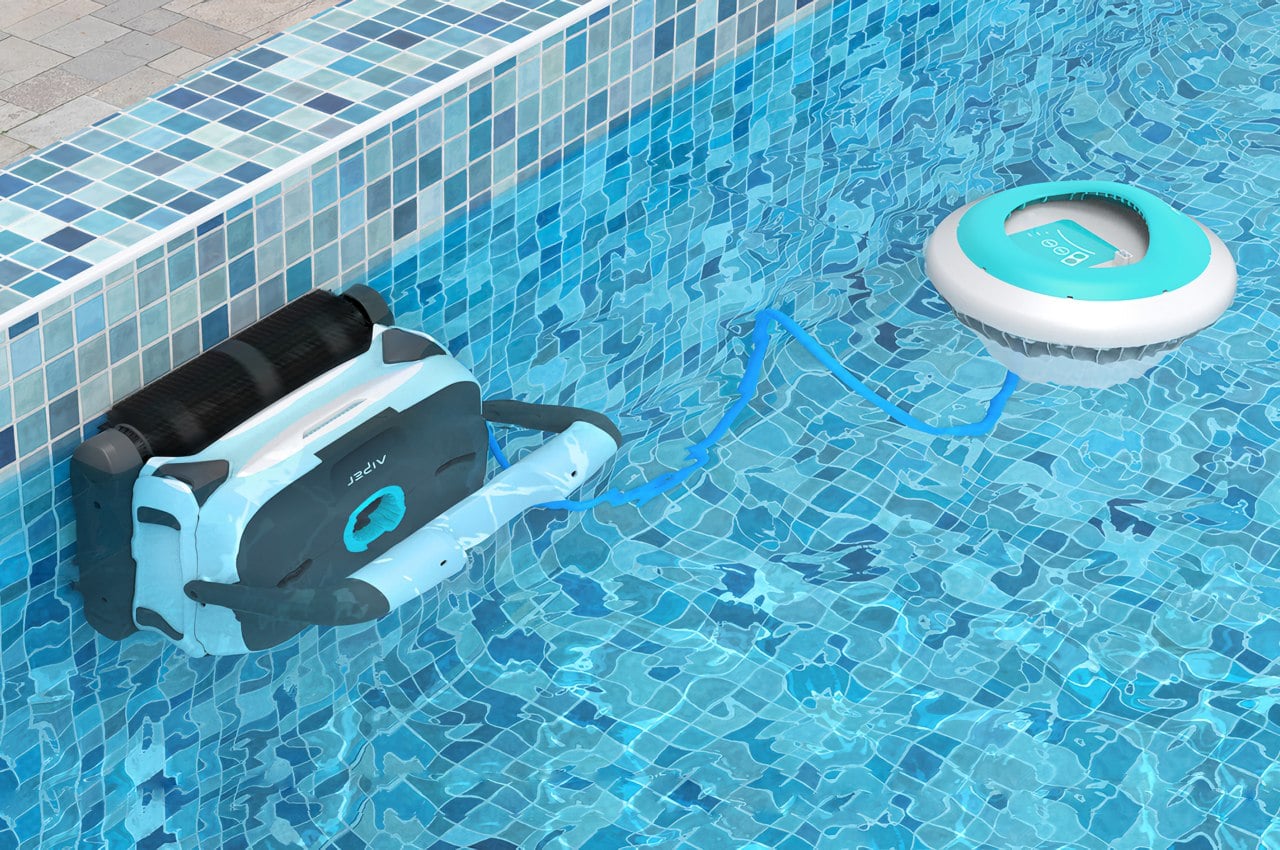
Credit: www.yankodesign.com
Mechanics Of Pool Robot Vacuums
Delve into the Mechanics of Pool Robot Vacuums and discover the advanced technology that keeps your aquatic sanctuary spotless with little effort. We’ll explore the engine that drives these cleaners, how they navigate your pool’s landscape, the magic behind their filtration power, and the differences in how they stay charged and ready for action. Let’s break down the intricate dance of these subaqueous housekeepers.
Understanding The Motor And Propulsion System
At the heart of any pool robot vacuum is a powerful motor. This motor is the muscle that moves the unit. It creates suction for dirt and propels the vacuum. The propulsion system allows for smooth gliding across pool surfaces, whether it’s climbing walls or scooting along the floor.
Navigating The Waters: Sensors And Mapping Technology
Robotic pool cleaners come equipped with smart sensors. These sensors help the robot know where it is in the pool. It can even map out the most efficient cleaning path. With this smart tech, the robot avoids obstacles and ensures no spot is missed.
The Filtration Process: Capturing Dirt And Debris
- Suction Power: Strong vacuum pulls in water and dirt.
- Filter: Traps the dirt while letting water flow back into the pool.
- Clean Pool: Filtration ensures the returning water is clear and clean.
Power Supply Options: Corded Vs. Cordless Designs
Pool robot vacuums can be corded or cordless. Corded models must be plugged in but often have stronger suction. Cordless vacuums offer more freedom to move but need regular recharging. Choose based on your pool’s size and your convenience needs.
Advantages And Limitations Of Pool Robot Vacuums
Exploring the world of pool maintenance, pool robot vacuums stand out. These gadgets offer unique benefits and some limitations. Let’s dive into what makes them tick, question their efficiency, and compare them with traditional cleaning methods.
Efficiency And Time-saving Benefits
Pool robot vacuums offer impressive efficiency. They autonomously navigate pools, scouring floors and walls. This automation saves you from hours of manual labor. Advantages include:
- Smart Navigation: Their advanced sensors map out the pool for thorough cleaning.
- Debris Handling: They pick up fine and large debris, reducing the need for skimming.
- Remote Control: Some models come with remotes for spot cleaning.
Energy Usage And Cost Implications
When it comes to energy, pool robot vacuums are designed to be cost-effective. They consume less power compared to pressure cleaners. We see:
- Lower Energy Bills: Their independent power source means less strain on pool systems.
- Energy-Efficient Motors: They often feature low-voltage motors for reduced consumption.
Maintenance Requirements Of Robot Vacuums
Maintenance for robot vacuums is simple. Regular tasks include:
- Emptying the debris canister.
- Checking for wear on brushes and wheels.
- Rinsing filters after use.
Although easy to maintain, they may need occasional professional servicing.
Comparative Analysis: Robot Vacuums Vs. Manual And Pressure Cleaners
| Feature | Robot Vacuum | Manual Cleaning | Pressure Cleaner |
|---|---|---|---|
| Time | Fast and Automated | Slow and Labor-Intensive | Dependent on Pool Pump |
| Energy | Low Consumption | No Energy Used | High Consumption |
| Cost | Higher Initial Investment | No Cost | Additional Booster Pump Required |
| Maintenance | Minimal | Constant Manual Effort | Dependent on Pool System |
Contrasting robot vacuums with manual and pressure cleaners, the differences are clear. Robot vacuums are efficient and time-saving. Manual methods cost nothing but require significant effort. Pressure cleaners rely heavily on existing pool systems and can drive up expenses.
:max_bytes(150000):strip_icc()/Dolphin-Nautilus-CC-Plus-Robotic-Pool-Cleaner-1-9e519731265c4f41b027311a5485cb71-e0c9f9def7794c6b87e25e116828be1c.jpg)
Credit: www.thespruce.com
Choosing The Right Pool Robot Vacuum
Imagine a robot taking care of your pool, leaving it spotless while you relax. A pool robot vacuum can be that trusty sidekick. Choosing one needs careful thought to ensure it meets your pool’s needs.
Key Features To Consider
What makes a pool robot vacuum stand out? Look for these features:
- Efficiency and Power – High suction and fast cleaning save time.
- Swivel Cable – Prevents tangling for smooth operation.
- Filtration System – Captures dirt without clogging.
- Easy Maintenance – Simple to clean and service.
- Smart Navigation – Ensures complete pool coverage.
- Durable Materials – Prolongs the device’s life.
- Remote Control – Offers convenient operation.
Understanding Pool Compatibility And Requirements
A vacuum must match your pool’s shape, size, and surface type. Consider these points:
| Pool Type | Compatibility |
|---|---|
| In-Ground | Needs a powerful model built for the depth. |
| Above-Ground | Requires a lighter, more flexible robot. |
| Surface Material | Ensure brushes are suitable for your pool’s texture. |
Measure your pool’s length, width, and depth to pick the right vacuum size.
Budget Considerations And Lifespan
Investing in a pool vacuum involves balancing cost and longevity.
- Set a Budget – Decide on a spending limit.
- Compare Models – Weigh features against the price.
- Read Reviews – Check user experiences for reliability clues.
- Warranty – Look for a solid manufacturer guarantee.
- Repair Costs – Consider future maintenance expenses.
A higher price might mean a longer-lasting and more efficient pool helper.
Maintenance And Troubleshooting
Maintenance keeps pool robot vacuums running smoothly. Understanding how to tackle issues ensures lasting performance. This guide covers essential upkeep and fixes.
Routine Maintenance For Optimal Performance
To keep your pool robot vacuum in top shape, perform regular checks. Clean it after each use. This maintains efficiency.
- Empty and rinse the debris bag or canister.
- Check wheels and brushes for wear.
- Inspect filters; clean or replace as needed.
- Ensure the power supply and cord are undamaged.
- Store the device out of direct sunlight to prevent damage.
Common Issues And How To Fix Them
| Issue | Solution |
|---|---|
| Stops moving | Clean wheels and filters. |
| Won’t turn on | Check the power supply and cables. |
| Weak suction | Empty the debris container; inspect filters. |
| Error codes | Refer to the user manual for specific guidance. |
Professional Servicing Vs. Do-it-yourself Repairs
Assess the problem before choosing DIY or professional help. Minor issues like filter cleaning are DIY. Complex electrical problems require professionals.
- Warranty – Check if valid. Don’t void it with DIY repairs.
- Guides – Use the manual or online tutorials for DIY.
- Risks – Understand the risks. When in doubt, seek professional advice.
- Cost – Compare repair costs. DIY can be cost-effective, but not always.
The Future Of Pool Cleaning Technology
The Future of Pool Cleaning Technology paints an exciting picture of effortless maintenance and pristine waters. As robotic pool vacuums become smarter, our interaction with pool care takes on a new level of convenience and efficiency.
Emerging Trends In Pool Robot Vacuums
Staying ahead of pool care involves knowing the latest trends. Here’s what’s making waves:
- Energy Efficiency: New models use less power without compromising performance.
- Eco-Friendly Options: They are now designed to be more sustainable.
- Custom Cleaning Cycles: Users can set robots for specific tasks and times.
- Advanced Filtration Systems: They trap even the finest debris, keeping pools crystal clear.
Innovations On The Horizon
Breathtaking advances are setting the stage for an all-new cleaning experience:
- AI Learning: Robots will learn your pool’s shape for more thorough cleaning.
- Wireless Charging: Imagine pool vacuums charging themselves with solar power.
- Remote Troubleshooting: Manufacturers will diagnose issues without a home visit.
- Modular Designs: This will allow for easy part replacement, prolonging vacuum life.
The Role Of Smart Technology In Pool Maintenance
Smart technology is revolutionizing how we maintain our pools:
- App Integration: Users can control their pool vacuum from a smartphone or tablet.
- Real-Time Alerts: Get notifications for when your pool requires attention.
- Automatic Scheduling: Your pool vacuum can start cleaning even when you’re away.
- Performance Tracking: Receive reports on cleaning cycles and pool health stats.
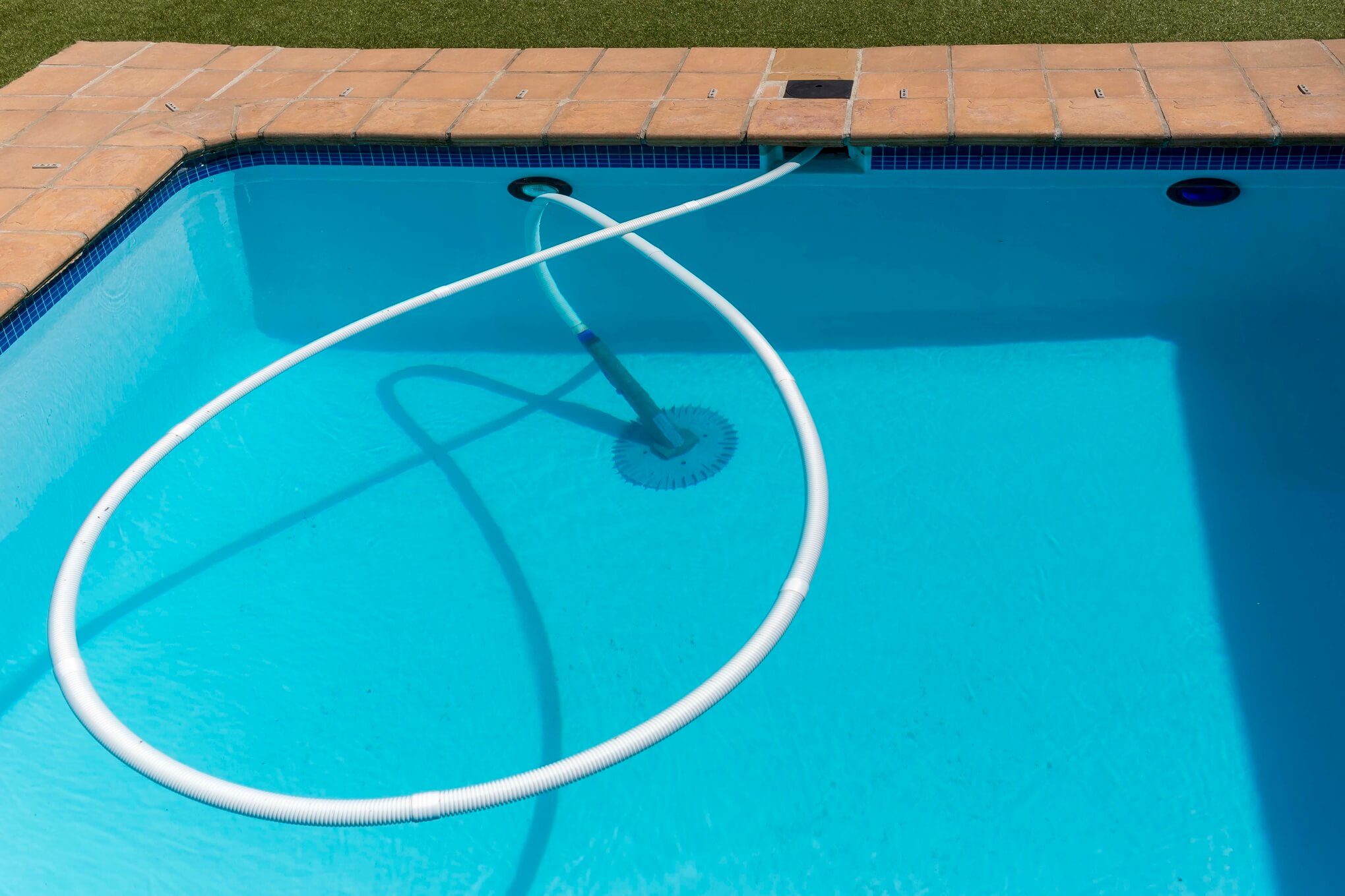
Credit: www.poolset.com.au
Frequently Asked Questions For How Do Pool Robot Vacuums Work?
Do Robotic Pool Cleaners Really Work?
Yes, robotic pool cleaners effectively remove debris and maintain pool hygiene with minimal human intervention. They are a convenient cleaning solution for pool owners.
Do You Still Need To Brush Pool If You Have A Robot?
Yes, even with a robotic cleaner, you should still brush your pool. It helps remove algae and dirt that robots may miss.
How Often Should You Run A Robot Vacuum In Your Pool?
Run a robot vacuum in your pool once a week for regular maintenance. Increase frequency if you notice excessive debris or after storms.
Do You Leave A Robotic Pool Cleaner In The Pool?
You should not leave a robotic pool cleaner in the pool constantly. Remove it after each cleaning cycle to prevent wear and damage.
Conclusion
Understanding pool robot vacuums simplifies pool maintenance significantly. These devices autonomously keep pools clean, saving time and effort. By utilizing advanced sensors and intelligent programming, they ensure a sparkling clean with minimal human intervention. For pool owners, the investment in a robotic vacuum often translates to more leisure time and a pristine swimming environment.
